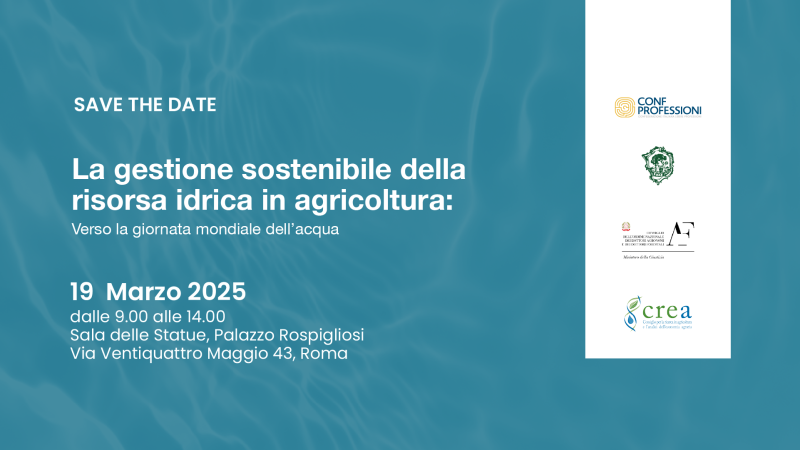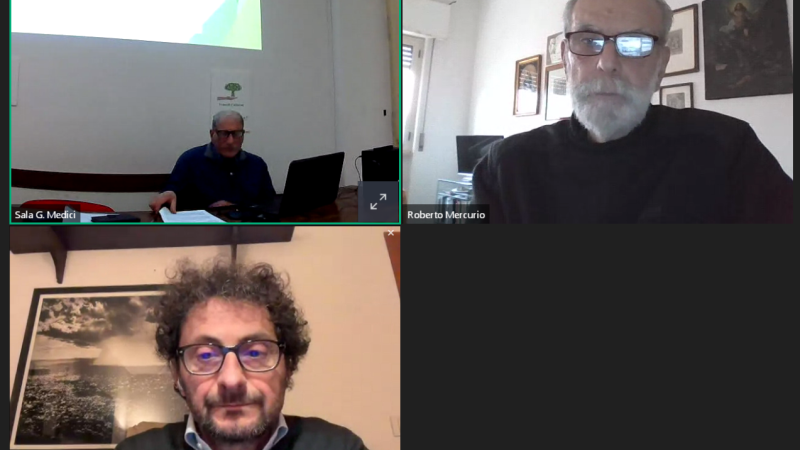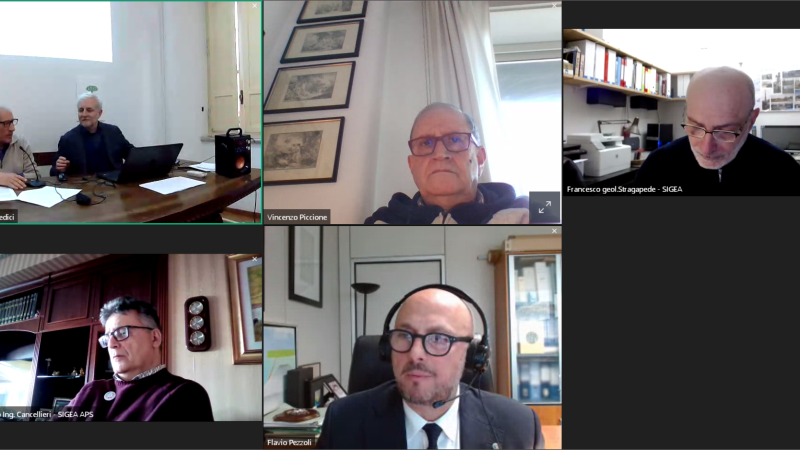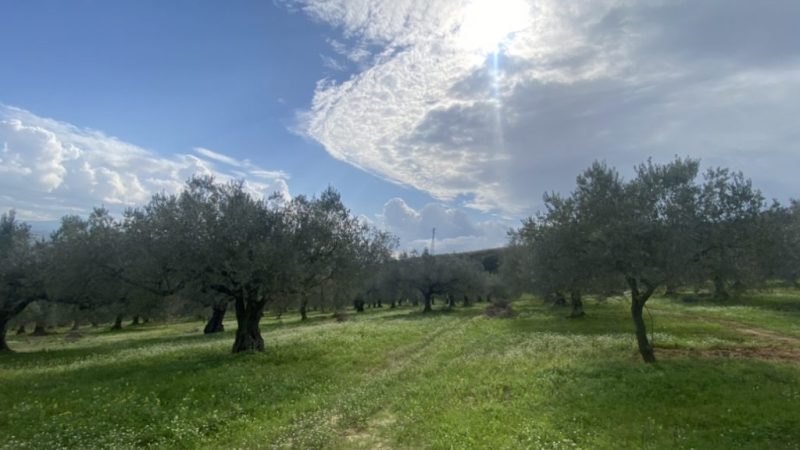Paleosols, soils and climate change
Paleosols are an important source of information for documenting the changes that took place in the past, especially as regards the climate. In addition, they can be used in models that seek to predict how the earth’s system will react in the future to the changing environmental conditions. A central objective of paleopedology is to reconstruct how the climate changed during the geological eras.
A paleosol complex was found at Podere Renieri in Montalcino (Siena). About 40 m thick, it was formed during a series of continental episodes that began after marine sediments were deposited during the Pliocene starting at 4.8 My BP. The paleosol documents climate changes and soil formations that took place since the Lower Pliocene in central Italy, along the Mediterranean coast.
Podere Renieri’s most characteristic soil horizons are those containing plinthite, a partially hardened soil rich in iron whose formation took place in a hot and humid climate over about 700,000 years during the Lower Pliocene. This soil formation was also greatly influenced by the geomorphological position of the paleosol, at that time located on an alluvial fan near the coast. The climate conditions during the Pliocene were much hotter and more humid than nowadays, and the time needed for plinthite formation was rather short, not more than one or two hundred thousand years. Podere Renieri’s morphology of plinthite-containing horizons however shows that from the middle of the Lower Pliocene, rainfall started to give clear signs of seasonality as a result of the onset of a Mediterranean-type climate along the western coast of Italy. Later on, the soil was again covered by the sea that permanently withdrew during the middle Pliocene…







